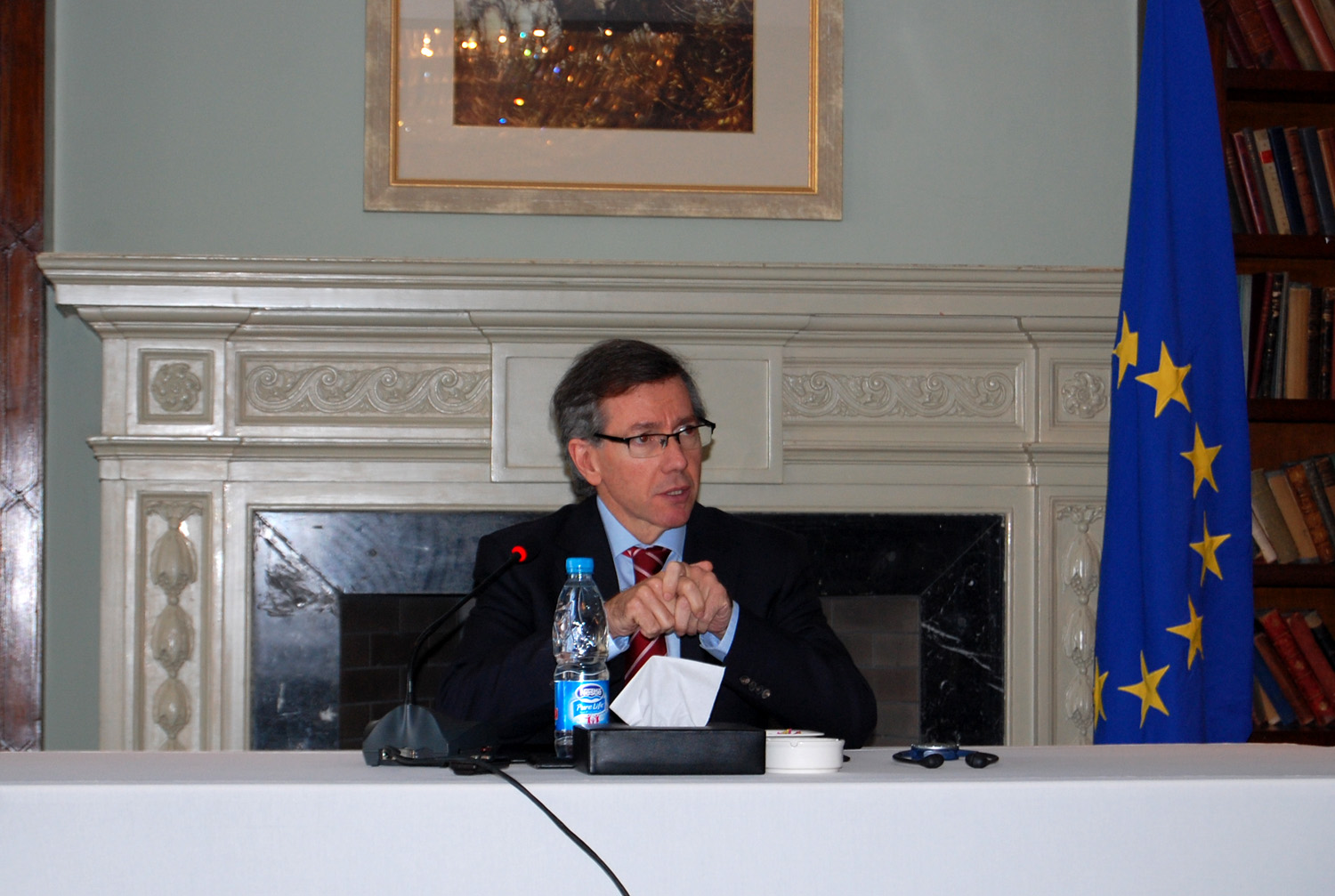I envy Frankie, and not just because of the rustic mansion he’s bought in a sleepy island in the Bahamas. I envy the simplicity of his lifestyle. It’s all about setting up boundaries and enforcing order. You cross the boundaries and he sends his lieutenants to sort you out. A Mafioso from the Bronx has the peace of mind and the clarity of purpose that have escaped me for a lifetime. Frankie puts order into people’s lives. I just try.
We arrived at the Grand Turk Island late last night. Frankie hasn’t been that happy in years. He was giving orders to the help, climbing up and down the marble stairs, and posing occasionally to admire the carved mantelpiece a friend had sent him from Colombia, a reproduction of a Mayan masterpiece. In his flannel shirt and light denim pants, from my summer collection, you could have mistaken him for an accountant or a lawyer. Only the swagger gives him away.
I was talking to Emilio, Frankie’s architect, when a message flashed on my phone. I was needed urgently in Guantanamo. I don’t know if I told you about that, but five years ago or so, Dan, a senior operative for the Pentagon, told me it would be a piece of cake. “All we want is an airy facility, stylish but simple. But perhaps you can make it inspire some awe and a little despair. The psyops (psychological operations) think it would speed up the debriefings, he said.
I visited the site and immediately fell in love. How hard would it be to design a facility for 1,000 inmates or so at the tip of a paradise island? The design was simple. It maximized visibility and minimized privacy. The generals even liked the outfits I designed for the inmates, the color of fresh papayas. One told me it matched the spirit of the Caribbean. I sent in Emilio from Miami to finish the work and left to Zimbabwe to supervise a housing project for the poor.
Two years later, I was sent for again. International inspectors wanted to visit the facility and I was asked to make it look user-friendly, as if a real community lived there, not just the human debris of the last war or two. Dan was dabbling into the paranormal at the time and I too was going through a spiritual phase. So I made the place summon the mood of ancient rituals. Using a layout borrowed from pre-historic worship sites, I arranged the shacks in a star formation, put a barbecue grill where the altar should go, and enhanced the surroundings with bougainvilleas. I also put in that tiny playfield everyone saw on television.
One of the inmates recognized me while I was working. Saleh was only 14 when I last saw him in Afghanistan. “Abul Karamat, is that you? Are you with the international inspectors? No one has called me that for years. I always thought Saleh would grow up into a successful warlord, just as his father. I didn’t know what to say, but the words still came out. “Look at how much you’ve grown? Do you like it here? I later told the guards to make sure he gets a sea-view cell.
Things didn’t work out for Saleh unfortunately. He’s dead now, with two other inmates. A suicide pact, they said. Once again, I was summoned to Guantanamo. Frankly, I didn’t understand what the fuss was all about. Saleh’s death was tragic, no doubt. But why was everyone looking at me as if it was all my fault?
First of all, no one told they needed the place to be suicide-proof. I made the place look spiritual, and that should have been enough. Spirituality, after all, is life as well as death. Now everyone was finding fault with this place. Not a word about the meaning of design. Not a word about the deep spiritual significance of the place. Even President Bush, the man who fought to keep this place open and thriving, was changing his mind, I was told.
It’s just a design. It’s just a design, I kept telling myself. But when it was my turn to speak, I was overcome with emotion. “I love this place. I love every bar and shack in it. What you see around you is not just a star-shaped complex, it is a three-dimensional replica of the Vitruvian man, Da Vinci’s depiction of a man inside a circle. The design symbolizes the light in the heart of man, the harmony of the universe. A two-star general said something to Dan chuckled. “Fine by me if you don’t want to use this as a detention facility. But cannot you use it as a museum, a temple, or at least a zoo? I pleaded.
As my helicopter took off, I had a feeling that this was my last visit to Guantanamo. Perhaps Emilio can talk to them. Perhaps he can rescue at least a row of cells and have them sent to Frankie’s new house. Perhaps I can alter the design to create a metal gazebo traveling in a semi-circle around the garden. But without the inmates, would it be the same?

